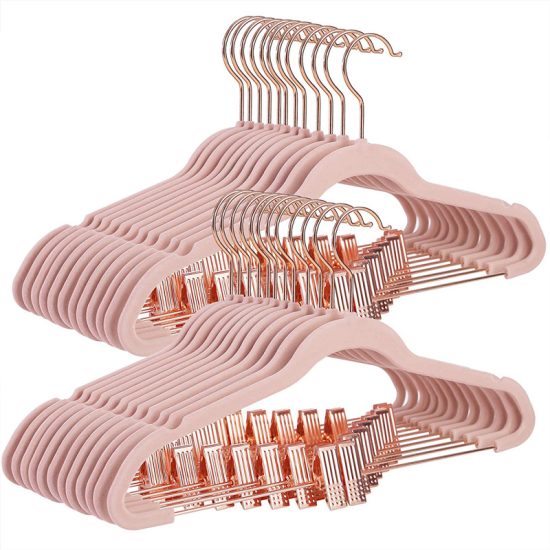The technology of wall hangers primarily revolves around the materials used, design features, and installation mechanisms. While wall hangers themselves may not involve complex technology, advancements in materials and manufacturing processes have led to improvements in their functionality and performance. Here are some aspects of technology related to wall hangers:
- Materials: Wall hangers are made from various materials, including metals (such as steel or aluminum), plastics, and composite materials. The choice of materials depends on factors like weight capacity, durability, and aesthetics. Advances in material science have resulted in stronger, lightweight, and corrosion-resistant options, enhancing the overall performance of wall hangers.
- Design and Engineering: Wall hangers are designed with specific purposes in mind, such as hanging pictures, supporting shelves, or organizing items. The design process involves considerations like load-bearing capacity, stress distribution, and ease of installation. Computer-aided design (CAD) software and engineering principles play a role in optimizing the structural integrity and functionality of wall hangers.
- Adhesive Technologies: Adhesive-based wall hangers, such as adhesive hooks or command strips, utilize advanced adhesive technologies. These adhesives are designed to provide strong bonding with different wall surfaces while allowing for easy removal without damage. Adhesive formulations have improved over time, offering better adhesion and versatility for various applications.
- Installation Mechanisms: Wall hangers employ different installation mechanisms, depending on their intended use. These mechanisms can range from simple hooks or nails for picture hangers to more sophisticated systems for floating shelves or bike racks. The technology lies in developing efficient and secure installation methods that ensure stability and ease of use.
- Load Distribution: Some wall hangers, particularly those used for heavier objects, incorporate load distribution technologies. This includes features like wall anchors, toggles, or expansion mechanisms that help distribute the weight across a larger area of the wall, reducing stress concentration and enhancing stability.
- Smart Wall Hangers: With the rise of smart home technology, there is potential for wall hangers to incorporate smart features. For example, smart hooks or racks equipped with sensors or wireless connectivity could provide information about the weight or status of the hung items, enabling better organization and monitoring.
While the core technology of wall hangers may not be revolutionary, advancements in materials, design, and installation mechanisms have improved their effectiveness, durability, and ease of use. Manufacturers continually strive to enhance these aspects to meet evolving customer needs and expectations.


